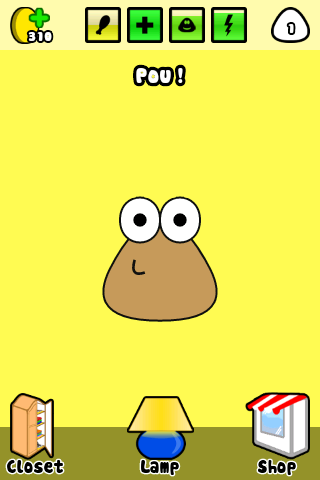For my final project, I will be using p5.js’s sound library to create a music video visualizer. The song I chose for this project is superorganism’s “Reflections on the Screen” because lyrically, it’s refers to the internet and technology, which I thought aligned pretty well with coding. The visualization, which will complement the music’s rhythm, will feature pixel manipulation similar to Reas as well as elements/graphics popping up on the screen. I will be using the camera to show the audience’s “reflections on the screen.” I also chose this song because it’s relatively bare with minimum sampling of other sounds (at least compared to their other songs). And so, it leaves room for the audience to add their own sounds through the keyboard, which I plan to preload into the code. If I can, I’d like the sounds to be on beat (even when pressed off-beat), and I’d like them to harmonize with the song so that it doesn’t clash with it. Essentially, I want the keyboard to act as an instrument like a Midi Fighter with preloaded samples. Overall, I want the piece to have an OK Go/Adult Swim off the air/superorganism vibe. Audience interaction is also super important because I want them to be a part of the music, as people shouldn’t feel like they can’t do it/play it.


